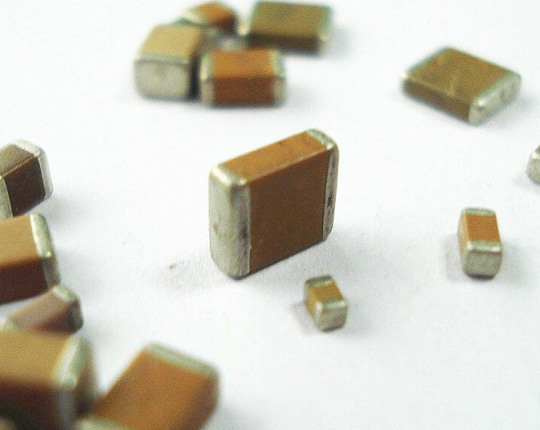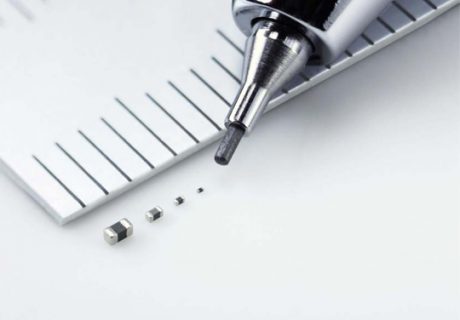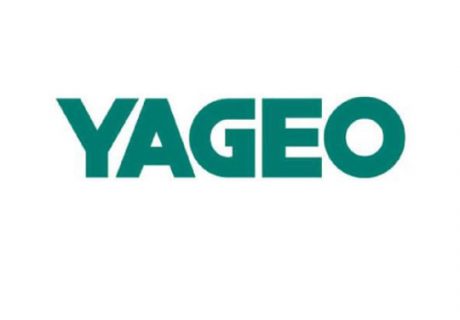According to MLCC industry analysts, 5G will drive the demand for passive electronic components by driving the use of new generation small base stations, millimeter wave devices, smart phones and applications.
The development of 5G communication will stimulate demand from MLCC The legal person estimates that the 5G era of mobile phones will continue to increase the amount of MLCC and that the average use of a single mobile phone will exceed 1,000.
The development of 5G communication will stimulate the demand for passive components. The local legal entity report pointed out that 5G will double the number of small base stations and millimeter wave devices.
According to statistics from the research institute, there will be 5 million mobile 5G phones next year, and it is estimated that it will rise to 1.5 billion by 2025. The passive components required for each electronic device are scarce.
Smartphones are the largest application market for MLCC: the thin and light design of the mobile phone and the increased battery capacity reduce the space on the motherboard of the mobile phone and also drive the demand for ultra-small passive components.
Given the trend of laminated ceramic capacitors (MLCC) in the mobile phone, the legal entity pointed out that the average MLCC usage of 4G + (LTE-advanced) smartphones is about 550 ~ 900, and it is estimated that the use of one machine in the 5G era can be increased to more than 1,000.
According to statistics from the Japanese manufacturer, the demand for ultra-small MLCCs for smartphones in the world is around 376.3 billion in 2016. It is estimated that the demand in 2020 will reach 632.5 billion, and the annual composite growth rate approximately 13.9%.
In observing 5G terminal applications, the Institute of Industrial Intelligence (MIC) recently predicted that mobile routers, home routers and other products will be launched by the end of this year. It is expected that 5G smartphones will be unveiled early next year and will be available in the first half of next year.
MIC estimates that 5G smart phone shipments will grow significantly in 2021, with shipments reaching 310 million by 2022. The new iPhone with 5G specifications is expected to appear in 2020.
5G is the abbreviation of the fifth-generation wireless communication technology The market estimates that the 5G transmission rate can be more than 10 times compared to the current LTE / 4G technology and it is expected that 5G will be used in the transition phase 2020, including chip suppliers and equipment. Companies and telecom companies are optimistic about market opportunities.
Smart phone is the largest application market for MLCC. The slim and light design of the mobile phone and the increased battery capacity reduce the space of the mobile phone motherboard and also drive the demand for ultra-small passive components. As for the trend of MLCC for mobile phones, industry insiders pointed out that the average MLCC usage of a 4G smartphones is about 550-900, which is estimated to increase to more than 1,000 in the Sc era.
According to estimates, 5 million .5G mobile phones will enter the consumer market in 2019, it will enter the high-speed growth in 2021 and expected to reach 1.5 billion by 2025. At that time, passive electronic components will once again be in short supply.
According to Japanese manufacturer statistics, the demand for ultra-small MLCCs for smart phones worldwide is about 376.3 billion pieces in 2016, it is estimated that the demand will reach 632.5 billion pieces in 2020.
Related News:
The MLCC Production Capacity Will Remain Stable For a Period of Time
Yageo Again Releases MLCC Price Adjustment Notice
Walsin predicts that MLCC shortage will remain until 2020



















